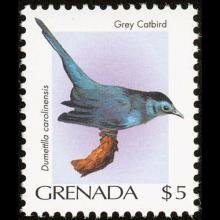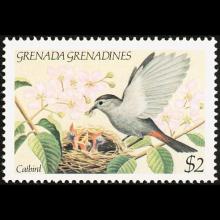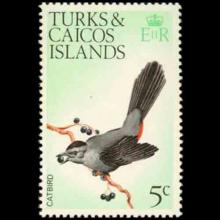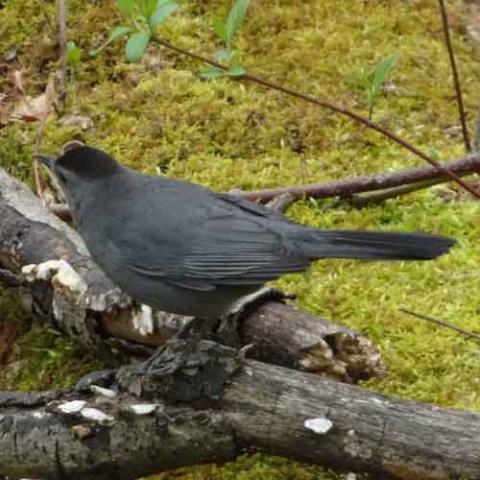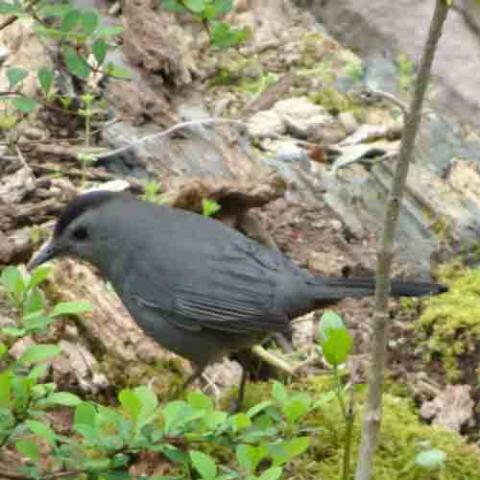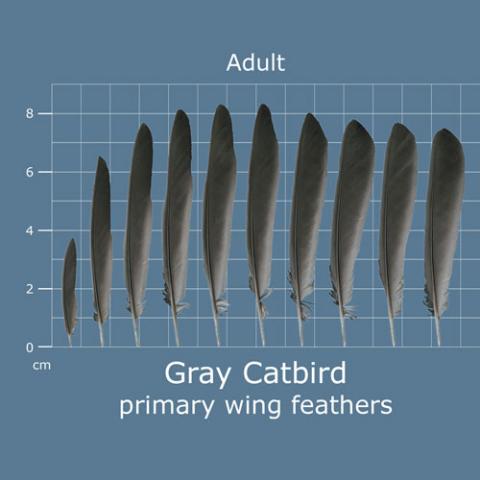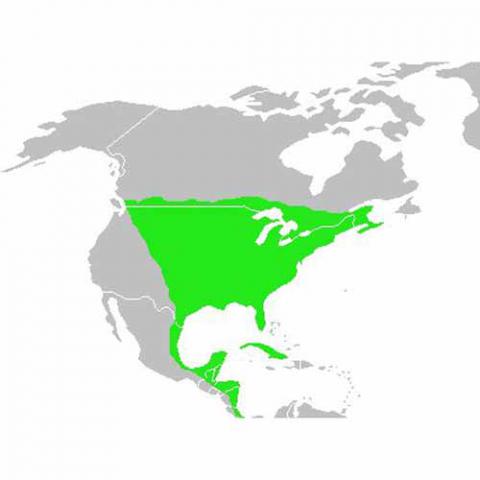NAMES
TAXONOMY
Grenada
Issued:
Stamp:
Dumetella carolinensis
Grenada
Issued:
Stamp:
Dumetella carolinensis
Turks and Caicos Islands
Issued:
Stamp:
Dumetella carolinensis
Grenada
Issued:
Stamp:
Dumetella carolinensis
Grenada
Issued:
Stamp:
Dumetella carolinensis
Turks and Caicos Islands
Issued:
Stamp:
Dumetella carolinensis
Grenada
Issued:
Stamp:
Dumetella carolinensis
Grenada
Issued:
Stamp:
Dumetella carolinensis
Turks and Caicos Islands
Issued:
Stamp:
Dumetella carolinensis
Came across this Gray catbird (Dumetella carolinensis) singing away in a tree in my Brooklyn neighborhood.
Video: P. Needle
Genus species (Animalia): Dumetella carolinensis
The gray catbird (Dumetella carolinensis), also spelled grey catbird, is a medium-sized North American and Central American perching bird of the mimid family. It is the only member of the "catbird" genus Dumetella. Like the black catbird (Melanoptila glabrirostris), it is among the basal lineages of the Mimidae, probably a closer relative of the Caribbean thrasher and trembler assemblage than of the mockingbirds and Toxostoma thrashers. In some areas it is known as the slate-colored mockingbird.
If you’re convinced you’ll never be able to learn bird calls, start with the Gray Catbird. Once you’ve heard its catty mew you won’t forget it. Follow the sound into thickets and vine tangles and you’ll be rewarded by a somber gray bird with a black cap and bright rusty feathers under the tail. Gray Catbirds are relatives of mockingbirds and thrashers, and they share that group’s vocal abilities, copying the sounds of other species and stringing them together to make their own song.
Size & Shape
A medium-sized, slender songbird with a long, rounded, black tail and a narrow, straight bill. Catbirds are fairly long legged and have broad, rounded wings.
Color Pattern
Catbirds give the impression of being entirely slaty gray. With a closer look you’ll see a small black cap, blackish tail, and a rich rufous-brown patch under the tail.
Behavior
Catbirds are secretive but energetic, hopping and fluttering from branch to branch through tangles of vegetation. Singing males sit atop shrubs and small trees. Catbirds are reluctant to fly across open areas, preferring quick, low flights over vegetation.
Habitat
Look for Gray Catbirds in dense tangles of shrubs, small trees, and vines, along forest edges, streamside thickets, old fields, and fencerows.
Reference: Wikipedia, allaboutbirds.org, U.S. Fish and Wildlife Service
Photos: P. Needle
Sounds: allaboutbirds.org

